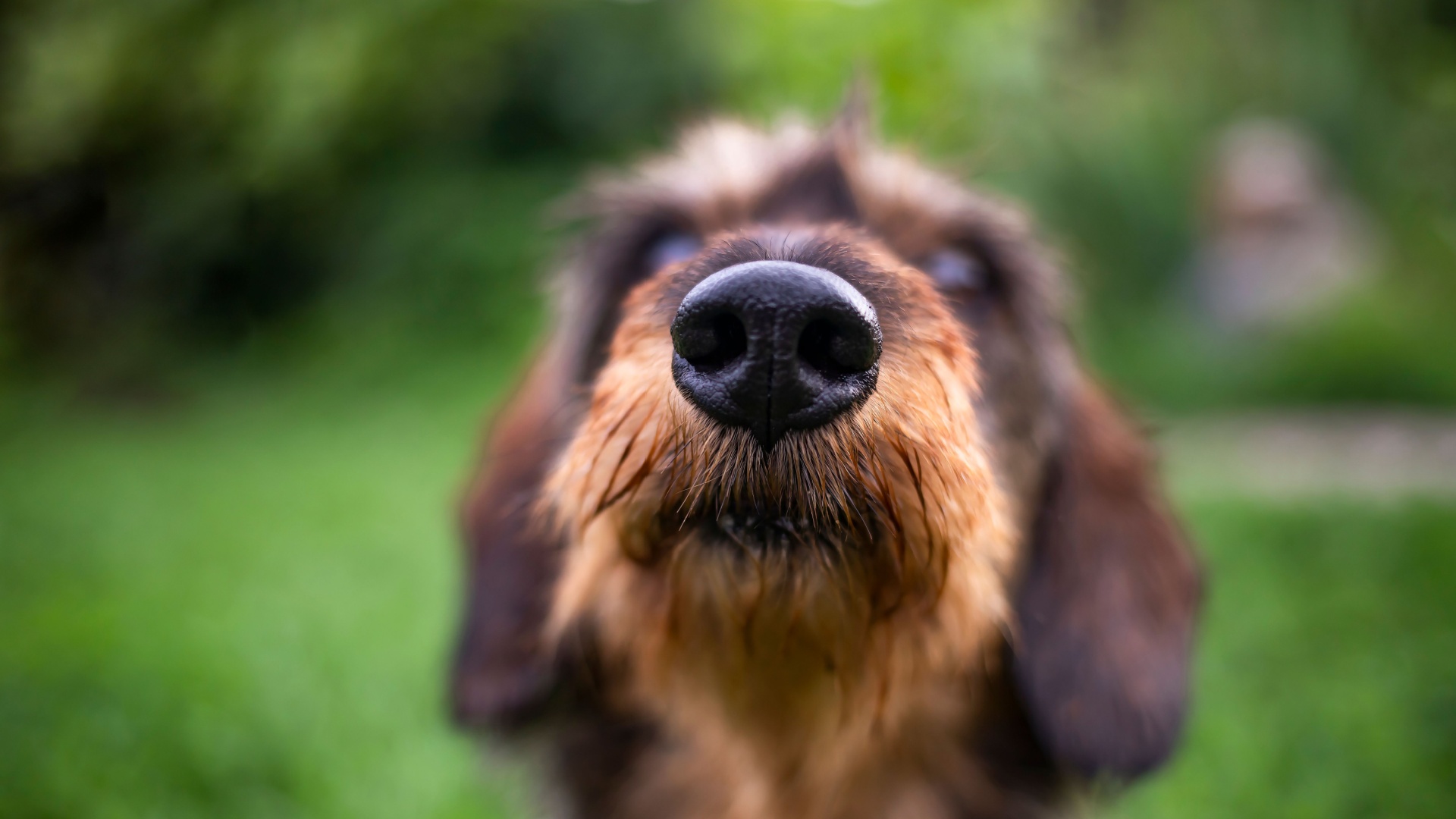Dogs possess a sense of smell that far surpasses human capabilities. Their olfactory system is highly sophisticated, allowing them to detect a wide range of scents that remain imperceptible to us.
This unique ability not only helps them in tracking and hunting but also plays a crucial role in various human activities, from search and rescue operations to medical detections.
Let’s explore fascinating scents that dogs can detect, but humans cannot.
1. Cancer Cells

Dogs have an incredible ability to detect cancer cells, a skill that has intrigued the medical community. This capability is not just anecdotal; research supports the idea that dogs can identify cancerous cells through scent.
Their noses can pick up volatile organic compounds released by malignant tumors, something human senses are not equipped to do. In a comfortable laboratory setting, specially trained dogs are presented with samples to sniff. Their responses can indicate the presence of cancer, offering a non-invasive testing method.
The accuracy of these canine detections is remarkably high, leading to potential new avenues in early cancer diagnosis. While more research is needed to integrate this ability into routine medical practice fully, the potential is significant.
Dogs’ keen sense of smell provides hope for enhancing cancer detection methods and possibly saving lives through earlier diagnosis. This unconventional approach could complement existing medical technologies, reflecting the unique partnership between humans and their canine companions.
2. Low Blood Sugar

For individuals living with diabetes, managing blood sugar levels is a constant concern, and dogs can be invaluable allies in this process. Dogs are trained to detect changes in a person’s blood sugar levels through scent, specifically when it drops to dangerous levels.
These service dogs are often seen in everyday environments, accompanying their owners everywhere. When a dog senses low blood sugar, it may alert the person by nudging or pawing, signaling that it’s time to check their levels. This early warning system can prevent dangerous situations and provide peace of mind.
The bond between the diabetic person and their dog becomes a lifeline. This close relationship enhances the dog’s ability to sense and react to changes. The companionship and support they provide go beyond mere medical assistance, adding a layer of emotional comfort to the lives of those they help.
3. Seizure Onset
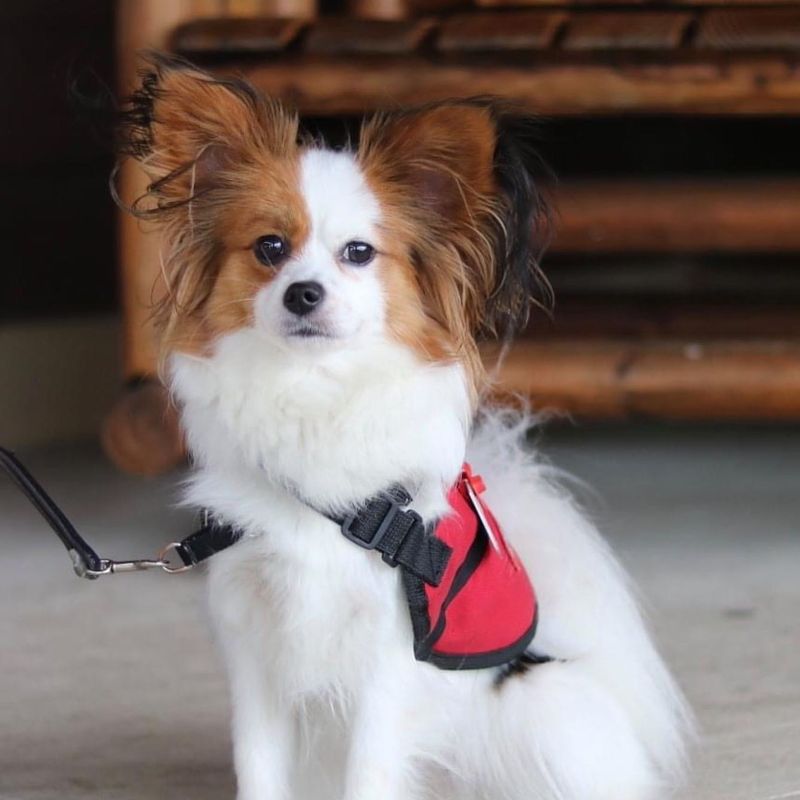
Dogs can predict seizures before they happen, offering a critical warning to individuals with epilepsy. This ability is not entirely understood, but it’s believed that dogs detect subtle changes in scent or behavior that indicate an impending seizure.
Seizure alert dogs are specially trained to recognize these signs and alert their owner, sometimes minutes before the event occurs. This advanced warning allows individuals to get to a safe place or take medication to mitigate the seizure’s effects. These dogs are more than just pets; they are guardians of their owner’s well-being.
The presence of such a dog provides a sense of security and independence for those with epilepsy. The companionship also enriches their lives, adding joy and comfort. It’s a testament to the profound bond that can form between humans and dogs, highlighting the therapeutic and life-saving roles these animals can play.
4. Bed Bugs

Bed bugs are notoriously difficult to detect and eliminate, but dogs have proven to be an effective solution to this problem. With their acute sense of smell, dogs can detect even a single bed bug or its eggs hidden within furniture or bedding. Pest control teams often employ dogs to inspect areas where infestations are suspected.
The dog’s ability to pinpoint the exact location of bed bugs makes the process more efficient and less disruptive. This method is not only faster but also more accurate than human inspections. The use of dogs in bed bug detection showcases another practical application of their olfactory prowess.
Their work helps maintain hygiene and comfort in homes and businesses, providing peace of mind to their owners. This partnership between humans and dogs symbolizes innovation in tackling common household problems.
5. Certain Emotions

Whether through changes in our scent, body language, or other subtle cues, dogs seem to know when we’re feeling down or anxious. This emotional detection can manifest in various ways, from a dog offering a comforting nuzzle to positioning themselves protectively beside their owner.
It’s believed that dogs pick up on pheromones or other scent markers that humans emit when experiencing strong emotions. The emotional connection between humans and dogs is a cornerstone of their relationship. This ability to sense and respond to our feelings enhances the bond, making dogs not just companions but empathetic friends who offer support during difficult times.
Their presence can provide a source of comfort and healing, reinforcing the unique and profound connection they share with humans.
6. Explosives
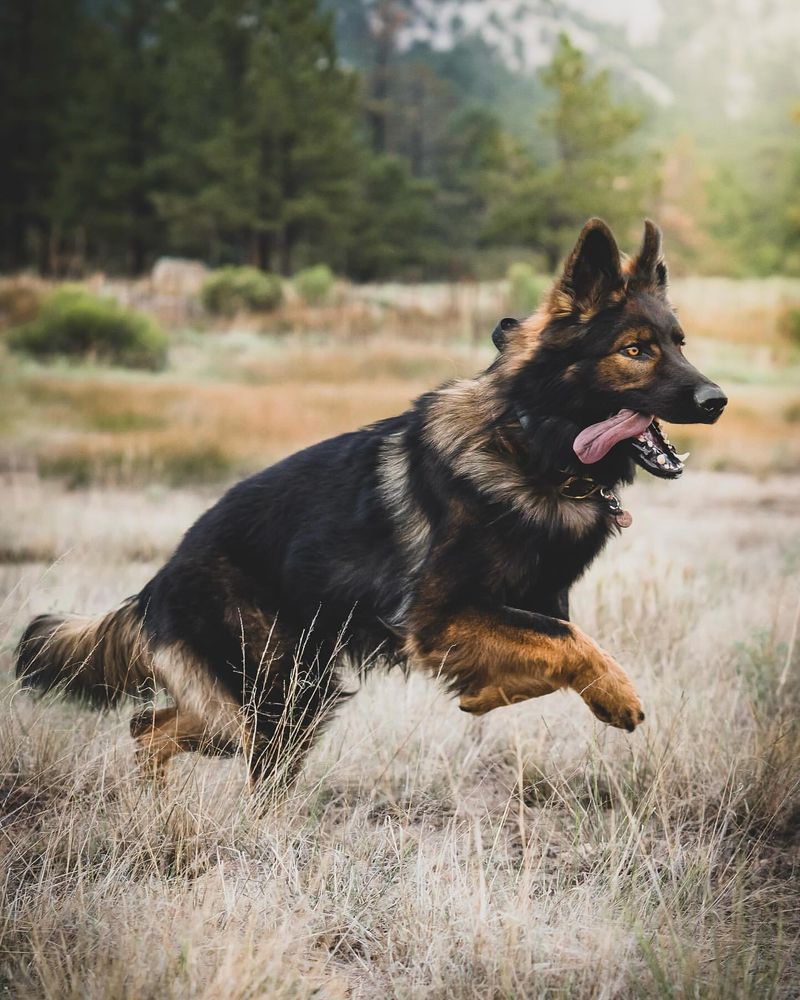
In high-security environments, dogs play a crucial role in detecting explosives, providing a layer of safety that technology alone cannot achieve. Trained dogs excel at identifying the specific chemical components of explosives through scent.
This capability is utilized in various contexts, from airports to large public events. Dogs work alongside security personnel, sniffing luggage, and areas for potential threats. Their ability to quickly and accurately identify explosives is unparalleled and often serves as the first line of defense. Their presence is both reassuring and effective, reducing the risk of incidents.
The partnership between handlers and their dogs is vital, requiring rigorous training and trust. Dogs’ contributions to security are invaluable, demonstrating an essential application of their remarkable sense of smell in keeping us safe.
7. Historical Scents
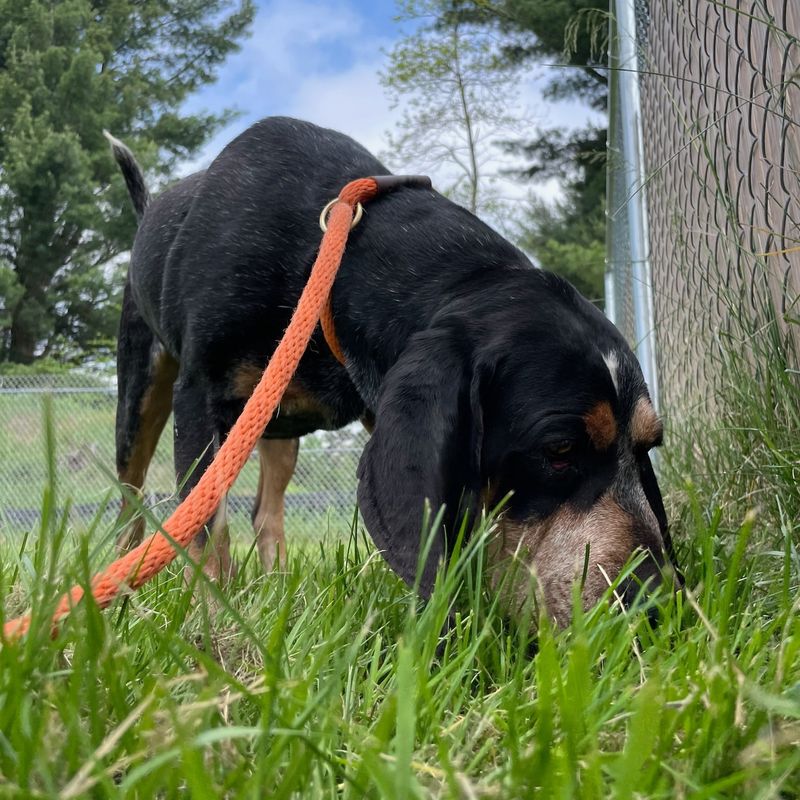
Dogs’ ability to detect historical scents offers fascinating insights into archaeology and history. Trained dogs can pick up on scents from ancient objects, bones, or even decayed organic materials, helping researchers locate and identify historical sites.
This skill is employed in archaeological digs, where dogs assist in finding artifacts that might otherwise remain hidden. Their contribution speeds up the excavation process and enhances the accuracy of findings, bringing history to life in unexpected ways. The partnership between archaeologists and dogs opens new avenues for exploration and discovery.
Dogs add a dynamic element to research, bridging the gap between past and present. Their involvement in historical investigations highlights the diverse applications of their scent-detection abilities, enriching our understanding of history and culture.
8. Migraines
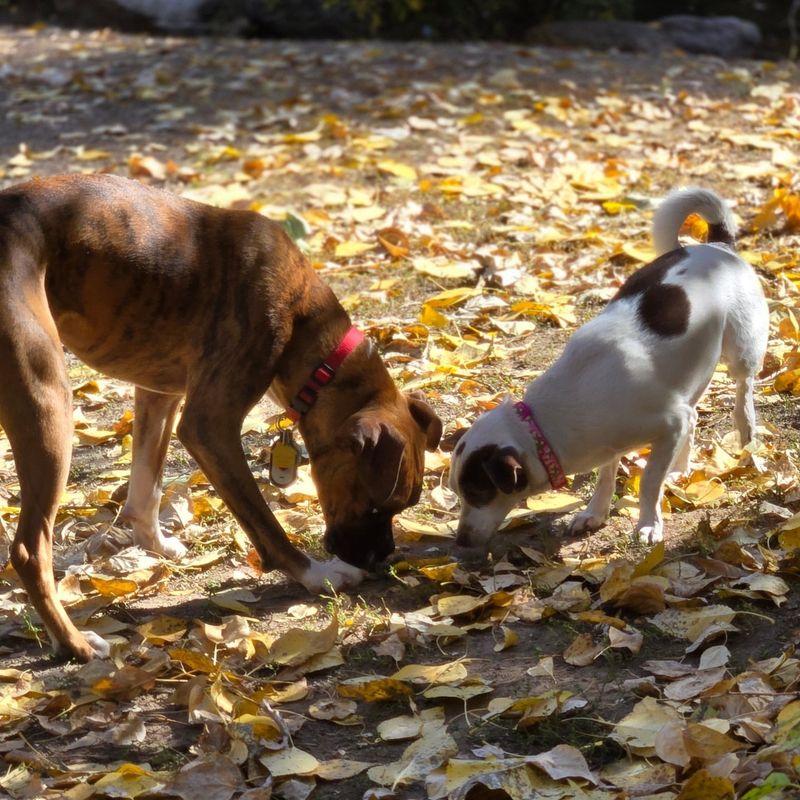
Many migraine sufferers report that their dogs can sense an impending headache before it begins. This preemptive detection is believed to be linked to changes in the person’s scent or behavior that occur before the onset of a migraine.
Dogs can pick up on these subtle changes, alerting their owner through nudges or increased attention. This early warning allows individuals to take preventative measures, potentially reducing the severity of their migraine. It’s a comforting thought for those who experience these debilitating headaches. The bond between the owner and their dog plays a crucial role in this detection.
A deep understanding and connection enhance the dog’s ability to recognize early warning signs. The support and comfort provided by the dog go beyond physical assistance, contributing to emotional well-being.
9. Fear
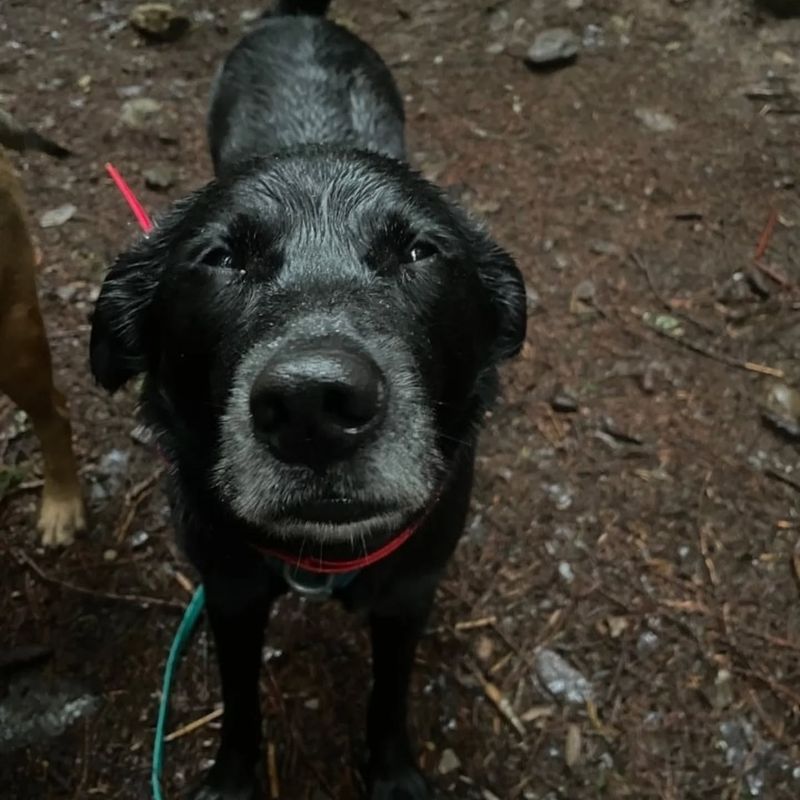
Dogs have an extraordinary ability to sense fear in humans, a skill that likely evolved from their wild ancestors. They can detect pheromones or changes in body language that signal fear, allowing them to respond appropriately.
This instinctive understanding often leads dogs to adopt protective or comforting behaviors. For instance, a dog might stay closer to their owner or exhibit alertness in unknown situations. This response can provide reassurance and support during stressful times. The ability to sense fear strengthens the bond between dogs and their owners, offering emotional support and companionship.
This unique connection forms an integral part of the human-dog relationship, showcasing how they understand and respond to our needs. It’s a beautiful example of empathy and loyalty.
10. Infection

Dogs can detect infections in humans, even before symptoms become apparent. This remarkable skill is attributed to their ability to sense changes in the body’s chemistry, particularly when infection is present. In healthcare settings, dogs are sometimes used to identify infections in patients, offering a non-invasive diagnostic option.
Their presence can expedite the treatment process, ensuring timely medical intervention and improving patient outcomes. The application of dogs in detecting infections highlights their potential in medical settings. Their assistance provides comfort and companionship to patients, contributing to a more holistic approach to healthcare.
Their involvement can make a difference in recovery, showcasing the benefits of integrating dogs into medical environments.
11. Anxiety
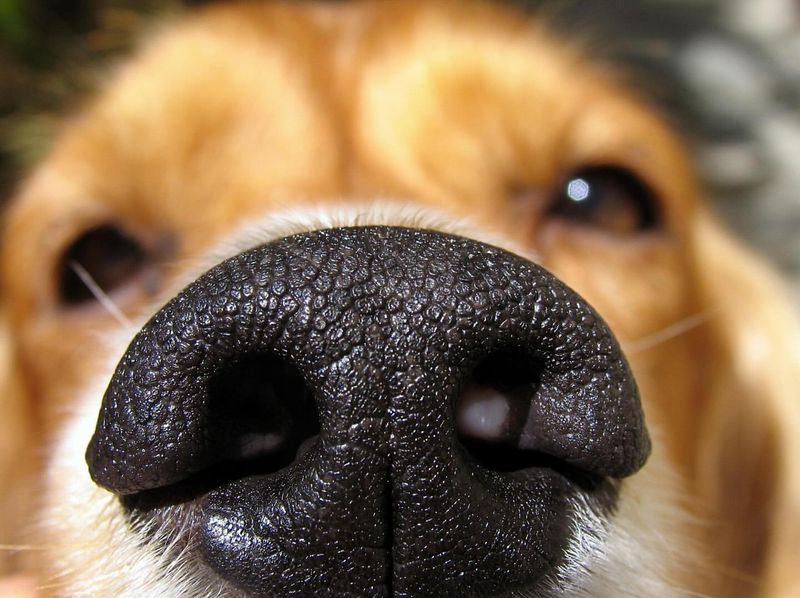
They can pick up on nuanced changes in behavior, body language, or scent that indicate anxiety. When they detect these signs, dogs often respond with comforting behaviors, such as cuddling or staying close. This presence acts as a calming influence, helping to alleviate feelings of anxiety.
Their role as emotional support animals is invaluable in these situations. The relationship between humans and dogs is enriched by this ability to sense and respond to anxiety. It enhances emotional well-being, providing a source of comfort and stability.
Dogs’ intuitive understanding of our emotional states showcases their unique ability to support mental health, making them cherished companions.
12. Pregnancy

Dogs often exhibit changes in behavior when their owner is pregnant, suggesting they can sense the hormonal changes occurring. This detection might be linked to changes in the woman’s scent or other physical cues.
Many women report their dogs becoming more protective or attentive during pregnancy. This behavior adds a layer of emotional support, providing comfort and companionship during a significant life change. The ability to sense pregnancy underscores the deep connection between dogs and their owners.
It’s a testament to their sensitivity and understanding of human conditions, enhancing the bond and offering a unique form of support during this special time.
13. Electricity

Dogs can detect the scent of electricity, a skill that aids in identifying potential problems with electrical lines and equipment. This ability is utilized in specialized fields, where dogs work alongside human professionals.
By sniffing out issues like overheating or electrical discharge, dogs help prevent accidents and ensure safety. Their unique olfactory skills provide a valuable tool for maintenance and safety checks. This application of dogs’ scent detection highlights their versatility and adaptability.
Their contributions extend beyond companionship, showcasing their role in enhancing safety and operational efficiency in various industries.
14. Heat
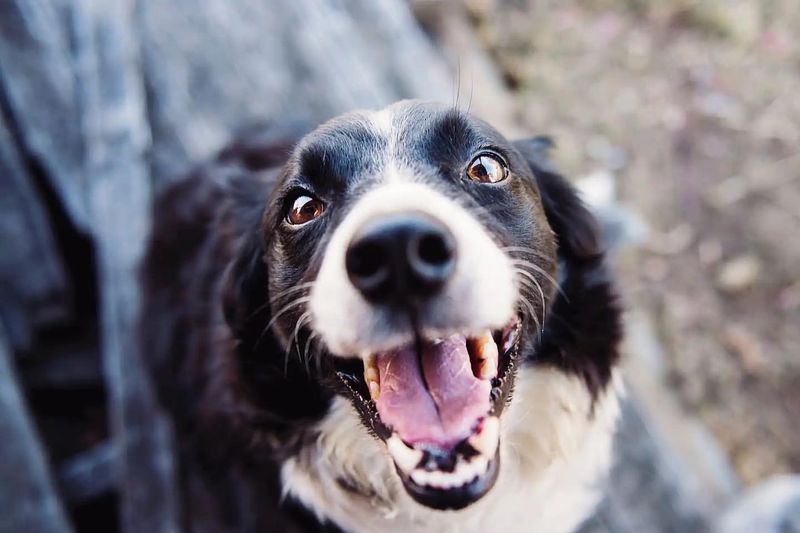
Their keen senses allow them to identify areas of intense heat and locate trapped individuals. In emergency situations, rescue dogs work alongside firefighters, using their sense of smell to navigate through smoke and debris.
Their ability to detect heat sources is invaluable in locating survivors quickly. The role of dogs in these critical situations highlights their bravery and dedication. Their contributions save lives, providing a testament to their specialized skills and unwavering loyalty.
This application of their scent detection is a prime example of how dogs enhance safety and rescue operations.

